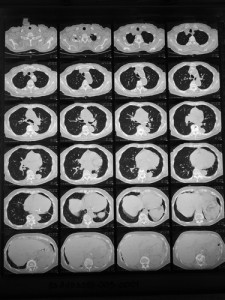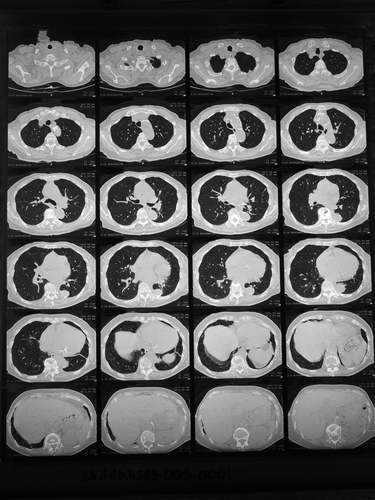 Radiation therapy (RT) to treat patients with stage I and II Hodgkin’s Disease led to an increase of 84 percent in 10-year survival rates when compared to patients who were not treated with it (their percentage was fixed at 76 percent); however, a decrease in RT usage was recently noted in Hodgkin’s disease patients. The research was recently presented at the American Society for Radiation Oncology’s (ASTRO’s) 56th Annual Meeting.
Radiation therapy (RT) to treat patients with stage I and II Hodgkin’s Disease led to an increase of 84 percent in 10-year survival rates when compared to patients who were not treated with it (their percentage was fixed at 76 percent); however, a decrease in RT usage was recently noted in Hodgkin’s disease patients. The research was recently presented at the American Society for Radiation Oncology’s (ASTRO’s) 56th Annual Meeting.
Taking advantage of the large database collection from the National Cancer DataBase (NCDB), the researchers analyzed clinical and survival outcomes of 41,502 patients, diagnosed between 1998 to 2011 with stage I and II Hodgkin’s Disease, and with a follow-up period of approximately eight years. The patients’ age ranged between 18 to 90 years.
Patients were divided into two groups, where one group received RT at a median dosage of 30.6 Gy (20,441 patients, representing 49%) and a second group received a multi-agent chemotherapy (39,842 patients, representing 96%). Patients who received RT exhibited a significant increase in the overall survival rates at 10 years, in comparison to those who received chemotherapy (84.4 percent vs. 76.4 percent).
The authors found RT was administrated more frequently in younger patients (≤40 years) who have access to health insurance and infrastructures, and belong to a high socioeconomic status. This, however, is the only group that has seen an increase in radiation therapy; other demographic groups within the Hodgkin’s Disease patient population are observed to have decreasing access to the therapy.
[adrotate group=”1″]
Rahul R. Parikh, MD, the study’s leading author and radiation oncologist at Mount Sinai Beth Israel commented, “Multiple prospective, randomized trials have shown a significant improvement in disease control with the addition of RT, however previous trials were limited by low patient numbers and limited follow-up and thus, were unable to demonstrate an overall survival benefit. This is the largest dataset in this patient population to demonstrate a survival benefit with the addition of RT. Given that the utilization of RT was associated with younger age, insurance status, higher socioeconomic status, and treatment at comprehensive cancer centers, we have highlighted ongoing disparities in Hodgkin’s Disease treatment and it is important that we recognize these findings as potential barriers to care. Given the survival benefit demonstrated in this study, radiotherapy should be included in the combined modality approach of multi-agent chemotherapy followed by consolidation RT in order to maintain high overall survival rates for this curable disease.”


